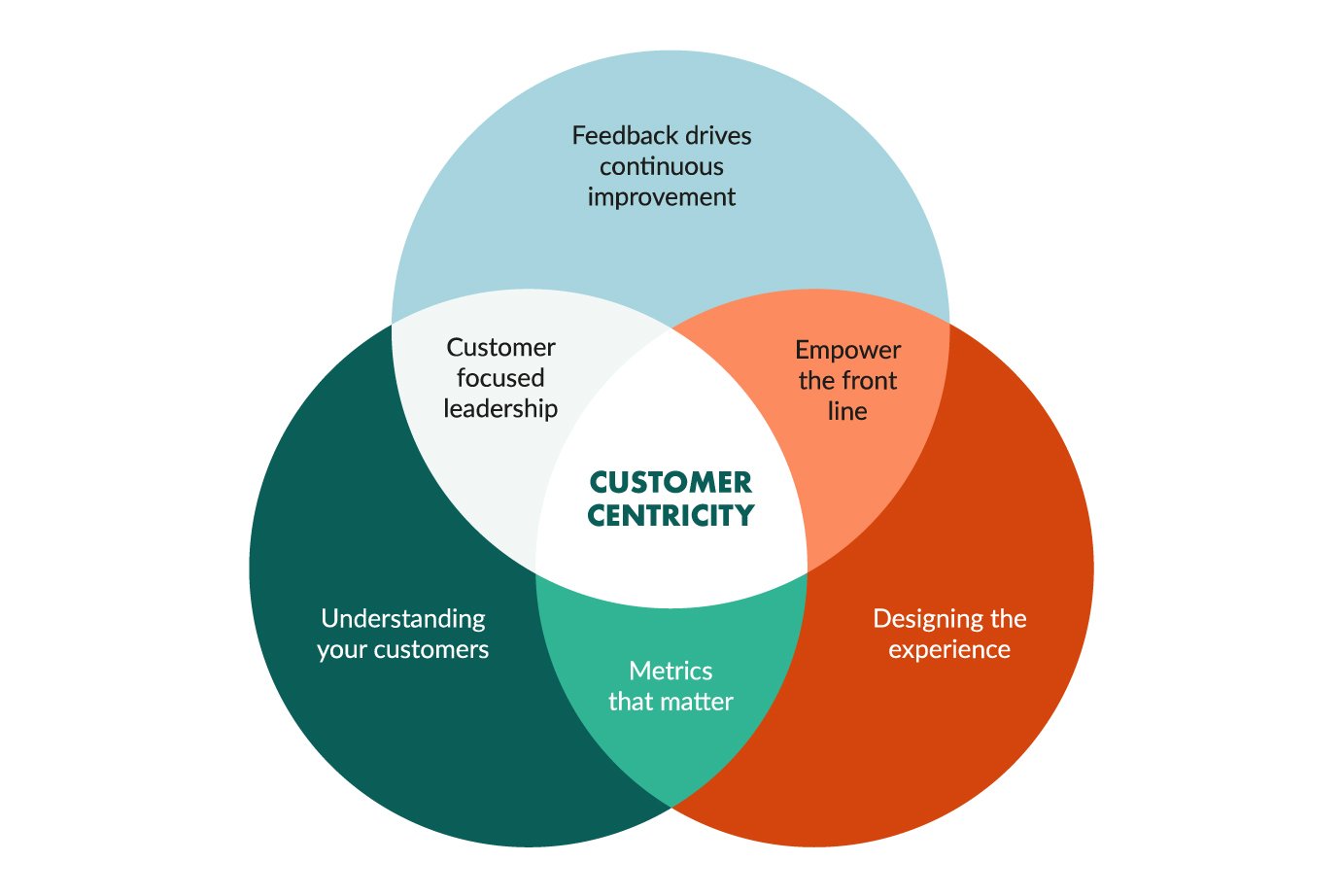Prioritizing the Customer Experience
In today’s fast-paced and competitive business environment, it is more important than ever for companies to focus on putting their customers first. Prioritizing the customer experience can have a significant impact on the success and growth of your business. By adopting a client-centric approach, you can build stronger relationships with your customers, improve customer loyalty, and increase customer satisfaction.
One of the key benefits of prioritizing the customer experience is that it allows you to better understand your customers’ needs and preferences. By taking the time to listen to your customers and gather feedback, you can tailor your products and services to meet their specific requirements. This not only helps you to attract new customers but also to retain existing ones.
Furthermore, putting the customer first can help to differentiate your business from your competitors. In today’s crowded marketplace, where customers have more choices than ever before, providing exceptional customer service can set you apart from the competition. By going above and beyond to meet the needs of your customers, you can create a loyal customer base that will keep coming back for more.
Another benefit of prioritizing the customer experience is that it can lead to increased profitability for your business. Happy customers are more likely to make repeat purchases and recommend your products or services to others. This can help to drive sales and generate positive word-of-mouth referrals, ultimately leading to higher revenues and a stronger bottom line.

Image Source: superoffice.com
In addition to these benefits, focusing on the customer experience can also help to improve employee morale and productivity. When employees see that their efforts are making a real difference in the lives of customers, they are more likely to feel motivated and engaged in their work. This can lead to higher levels of job satisfaction, lower turnover rates, and increased productivity within your organization.
There are many different ways that you can prioritize the customer experience in your business. One effective strategy is to invest in customer service training for your employees. By providing your staff with the skills and knowledge they need to deliver exceptional service, you can ensure that every interaction with a customer is positive and memorable.
Another important aspect of prioritizing the customer experience is to gather feedback from your customers on a regular basis. This can be done through surveys, focus groups, or social media channels. By listening to what your customers have to say, you can identify areas for improvement and make the necessary changes to enhance their experience.
In conclusion, prioritizing the customer experience is essential for the success of any business. By putting your customers first, you can build stronger relationships, increase customer loyalty, and drive profitability. By adopting a client-centric approach and focusing on providing exceptional service, you can differentiate your business from the competition and create a loyal customer base that will support your growth and success for years to come.
Transforming Your Business with Client-Centric Strategies
In today’s highly competitive business landscape, it is more important than ever to prioritize the needs and preferences of your customers. Client-centric management is a strategy that focuses on putting the customer at the center of all business decisions and processes. By implementing client-centric strategies, businesses can transform their operations and create a customer experience that leads to long-term success.
One of the key aspects of client-centric management is understanding the needs and preferences of your customers. This involves conducting thorough market research, collecting feedback from customers, and analyzing data to gain insights into what your target audience wants. By understanding your customers’ needs, you can tailor your products and services to better meet their expectations, which can lead to increased customer satisfaction and loyalty.
Another important aspect of client-centric management is ensuring that your entire organization is aligned around the goal of putting the customer first. This means that every department within your business, from marketing to sales to customer service, should be focused on delivering a seamless and personalized customer experience. By creating a culture that prioritizes the customer, businesses can create a strong brand reputation and build long-lasting relationships with their customers.
Client-centric management also involves implementing technology and tools that can help streamline customer interactions and improve the overall customer experience. For example, businesses can invest in customer relationship management (CRM) software that allows them to track customer interactions, personalize communication, and provide better customer service. By leveraging technology, businesses can better understand their customers’ needs and preferences, leading to more targeted marketing campaigns and improved customer satisfaction.
In addition to understanding the needs of your customers, client-centric management also involves empowering employees to make decisions that benefit the customer. By giving employees the autonomy to make decisions that prioritize the customer experience, businesses can create a more agile and responsive organization that can quickly adapt to changing customer demands. When employees are empowered to put the customer first, they are more likely to go above and beyond to ensure customer satisfaction, leading to increased loyalty and retention.
One of the key benefits of implementing client-centric strategies is that it can help businesses differentiate themselves from competitors. In today’s saturated market, simply offering a quality product or service is no longer enough to stand out. By focusing on the needs of the customer and providing a personalized and seamless experience, businesses can create a unique value proposition that sets them apart from competitors. This can lead to increased customer loyalty, word-of-mouth referrals, and ultimately, increased revenue and profitability.
Overall, client-centric management is essential for businesses looking to thrive in today’s competitive marketplace. By prioritizing the needs and preferences of customers, businesses can create a customer experience that leads to long-term success. By implementing client-centric strategies, businesses can transform their operations, build strong relationships with customers, and differentiate themselves from competitors. So, if you want to take your business to the next level, consider implementing client-centric management practices today.
Customer-Centric Management: Putting Clients at the Heart of Your Business